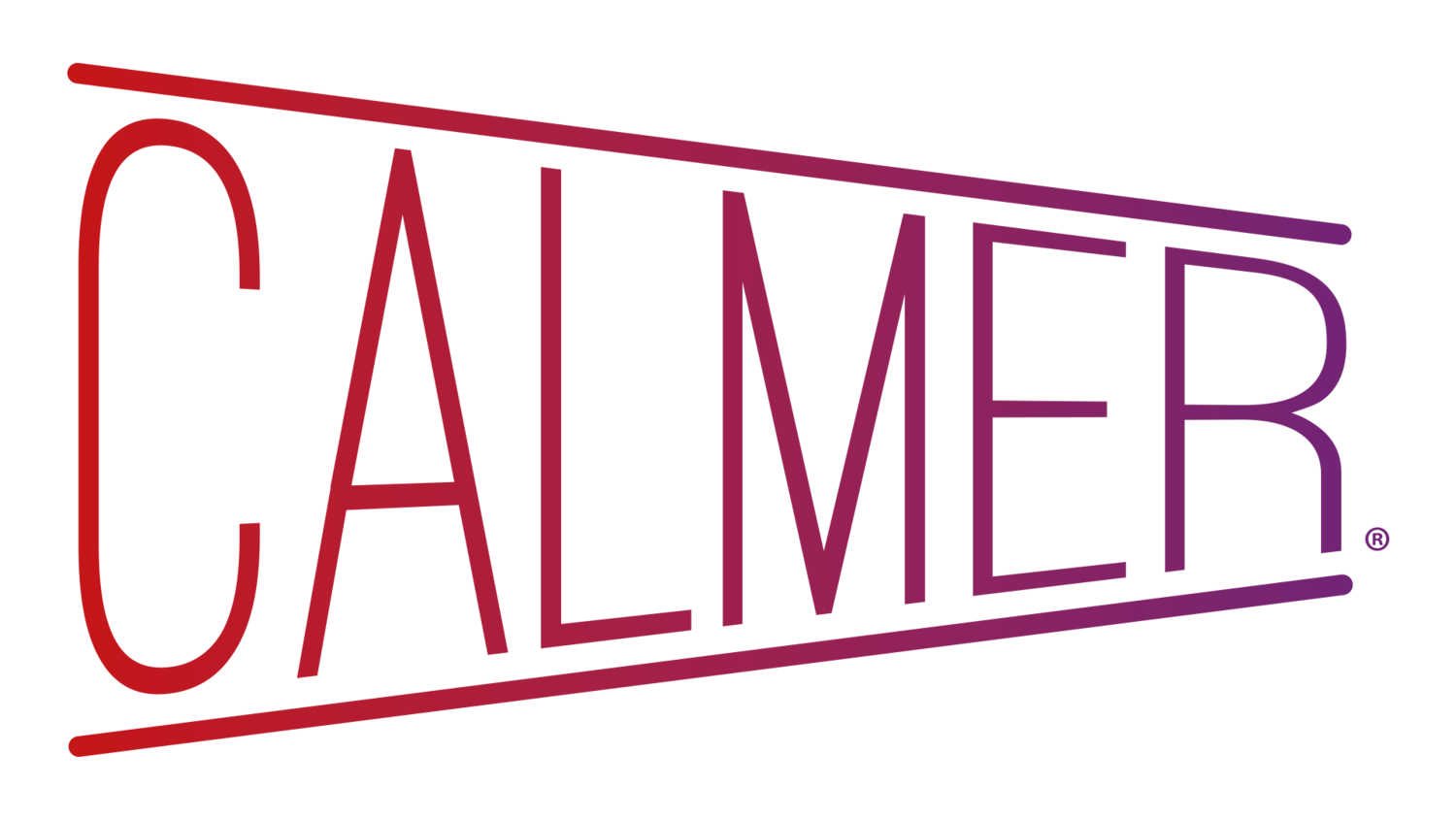When it comes to creating effective business teams and supportive workplace cultures, diversity and inclusion plays a vital role. At Calmer, we focus on three core values: education, connection, and community.
Diversity and inclusion is involved across all three, which is why we’re delighted to be talking with Zeinab Ali this week to understand how we can all benefit from investing in diversity and inclusion strategies.
Zeinab Ali
Zeinab works at Inclusive Employers, a membership organisation providing HR support to businesses across the country, and How Do I?, a mobile video learning platform designed for people with learning disabilities and conditions such as Alzheimer’s. She was also recently featured on Sky News alongside the Director of Inclusive Employers, Richard McKenna, talking about National Inclusion Week and the benefits of creating workplaces that recognise and value everyone.
We hope you enjoy this interview, and Zeinab’s recommendations and insights:
1. Why is diversity and inclusion important?
I think for any organisation to succeed or have a competitive advantage, it’s vital that your employees feel like they can be themselves at work. Most people aren’t going to perform at their best if they feel like they need to hide certain parts of themselves to avoid bullying and harassment or come forward with great ideas if they do not feel like their opinions are valued.
For example, an autistic employee might be reluctant to disclose their disability at work because they fear they will be mistreated by their colleagues. As a result they might not be as easily inclined to share a great idea or give feedback because they may not want to stand out. This isn’t good for any organisation because many neurodivergent employees can be very creative and innovative, which are characteristics many businesses find desirable. CEOs like David Joseph of Universal Music have taken steps to support neurodivergent talent precisely because he’s aware of how many successful musicians have conditions such as ADHD and dyspraxia!
Diversity and inclusion isn’t just a ‘nice to have’, it is great way to help ensure you’re not losing out on the best talent or the next spark of creativity that could lead your organisation to its next big achievement.
2. For small businesses, how can they begin to implement better practices around D&I?
There are lots of easy and practical steps small businesses can take. Here I will share three:
Raise awareness about inclusive behaviour. Behaviour change is the best way to help your D&I practices stick and D&I experts like Inclusive Employers have resources such as ‘how to run an inclusive meeting’ that gives top tips on how to make sure everyone’s voice gets heard.
Look at what your competitors are doing in relation to diversity and inclusion. For example, does it look like they’re attracting, recruiting and retaining more female employees? If yes, you should do some research to find out what your competitor does to achieve this and decide if it’s something you should be practicing as a business.
Seek the views of your employees and listen to them. They can point out diversity and inclusion strategies that are working really well and provide feedback on areas that need improvement. For example, as an autistic woman I know I can trust an employer if they ask me questions about my condition and what reasonable adjustments help me perform at my best.
3. What are some good signs that a workplace is inclusive?
There’s no one-size-fits all checklist to tell if a workplace is inclusive and an organisation with good practices will regularly be reflecting on how to make their business a psychologically safe place for employees.
However, it’s usually good sign that a workplace is inclusive if employees feel comfortable challenging organisational norms or the ‘this is how we’ve always done things’ type of attitude. It usually means people in leadership positions within the organisation value the expertise and advice of their colleagues and are open to change.
For example, Alexandra Eavis, one of the co-founders of How Do I?, made a guest in appearance in a podcast stating that success is found in working with people who are passionate about the work and have more expertise in an area than she does.
Flexibility and willingness to support staff is also a positive indicator of inclusion. A good example of this: my colleagues at How Do I? and Inclusive Employers know I prefer to sit in one place because it helps me stay focused, so I’m excused from hot desking.
4. What is the most inspiring activity you’ve seen that supports diversity and inclusion in the workplace?
I really like it when businesses collaborate with other organisations for social good and my favourite example of this is the bootcamp programme IKEA hosted in 2017. They selected How Do I? from over 1300 companies to join them and advise them on how to make their products more accessible because the co-founders, Tom and Taryl, have over 20 years’ experience working with young people with additional learning needs.
5. Finally, how can people who are interested in this find out more?
Inclusive Employers has a lot of thought leadership pieces written by a variety of voices in their resources section of their website, which cover a lot of topics from BAME (Black, Asian and Minority Ethnic) inclusion to Menopause in the workplace. If you’re starting out on your inclusion journey or want to learn more about a particular D&I topic, it’s a good website to visit.
I also source interviews for my other employer, How Do I?, in a series called #TakeFiveWith. Many of the participants talk about how we can make workplaces more accessible, why they care about inclusion, why they care about social innovation and tech for good, and how their projects impact the workplace or the lives of their target audience. If you are looking for some good examples of the innovation I talked about in question one, it’s a great blog series to check out.


